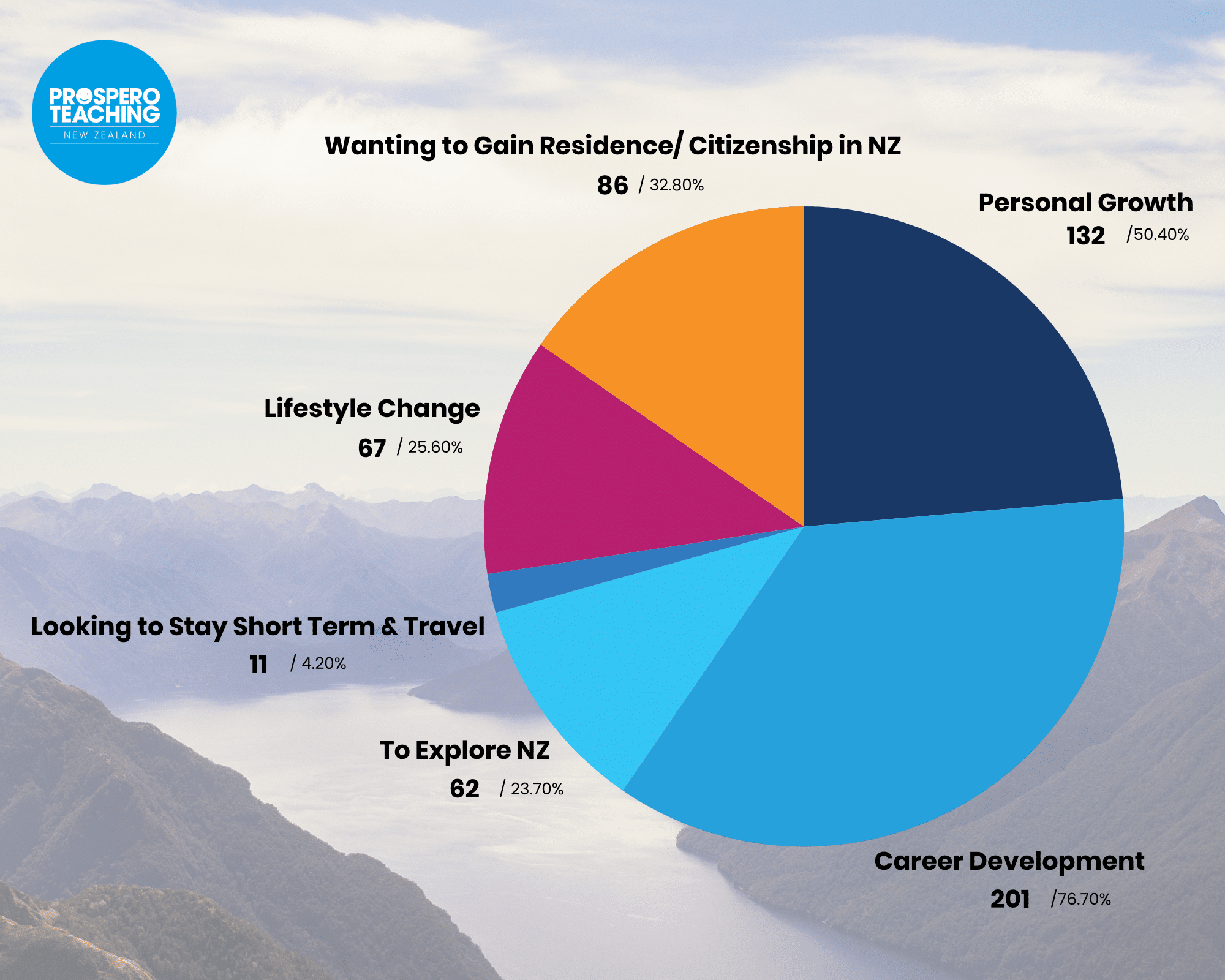In this post, we consider the positives we can take from the experience of educating during the pandemic. As we previously discussed, the pandemic has already had far-reaching effects on schools globally. The issues faced by school leaders and education staff are numerous – staff & skills shortages, lost learning among students, and mental health and wellbeing challenges across the board.
It may have been particularly challenging for teachers who prefer to stay calmly in control of the many variables within the classroom. At times during 2020-21, maintaining a consistent learning environment for students was at times impossible. Thankfully, teachers are often very positive and adaptable problem solvers… The perfect group of professionals to get our youngest generations back on track, right?
 There are many lessons to learn from the pandemic, which hopefully educators can take forward in a positive way.
There are many lessons to learn from the pandemic, which hopefully educators can take forward in a positive way.
Further reading – How to Impress when Trialling for Relief Teacher Jobs
Why You Should Consider Rural Teaching Jobs in Australia and New Zealand
Reasons to be Optimistic in 2022…
Here in the early stages of 2022, things are slowly looking up. For fully vaccinated people in Australia and New Zealand, restrictions have eased considerably. While it is likely there will still be advised mask-wearing and regular handwashing, schools should continue to operate as usual throughout the year.
This is excellent news, as many students will have missed learning to catch up on, particularly those from disadvantaged backgrounds. But do we want to just slip back into how we did things before? The teaching challenges presented by the pandemic will have been met and overcome by many education professionals across the world. This presents an opportunity to collaborate and learn from each other bringing about positive change across schools.
So, what can we learn from this experience to make our teaching even better in the future?
Lessons to Learn From the Pandemic
After the emotional and psychological stresses of living through the pandemic, the return to regular consistent schooling may feel welcome to many staff and students. Teachers are resilient and adaptable creatures. The experience of teaching, managing workload, utilising technology and finding ways to work around daily challenges will have presented much to learn for our educators.
How can teachers and school leaders incorporate new approaches following the Coronavirus? Below are 6 positives that teachers we work with are taking forward from the experience:
1. Strip lessons back to the essentials of learning
This was necessary when forced to teach remotely, or when covering multiple classes due to staff absences.
Instructions had to be clear and concise. Resources and activities needed to make sense to students as they did not have as much ‘teacher time’ to ask direct questions. Students were pushed to engage with activities independently and problem-solve to take charge of their learning.
This thinking process is highly valuable for all teachers. When planning lessons, ask the questions, ‘what could be clearer?’ ‘how can I anticipate any confusion?’
It’s always useful to mentally run through a lesson and consider how you will deliver it. How can this activity be explained in the clearest and most concise way possible? Reduce teacher talk; increase learning time.
2. Have a greater awareness of student experience
Before the pandemic, teacher in-class assessment would involve using quick screening questions, AfL strategies and scanning facial expressions to check whether students had understood the learning.
Teachers have to make quick informal judgements several times throughout a lesson to ensure they are pitching at the right level.
When this in-class active assessment wasn’t possible, teachers had to think about new ways to gather evidence. Involving students in the discussion around what works best, and how they know when they have met a learning objective gives us useful information. Make sure that your students know when are where in your lessons they can demonstrate their understanding. Show them that this is key to making accelerated progress and catching up on ‘lost learning’.
3. Allow more time for meaningful revision
During the pandemic, introducing new topics and contexts each week was difficult. Therefore, many schools took the opportunity to revisit and revise the key age-related learning objectives for students.
Giving students multiple opportunities to demonstrate their understanding helped to embed learning, e.g. through online quizzes, shared Google Docs activities and regular digital assessments have proved successful for the attainment levels of students in many schools.
4. Consider the benefit of remote activities & meetings
Staff meetings, training and twilight CPD sessions are usually very early in the day or during after-school hours. The world embraced zoom and other video call platforms, and this was necessary to remain connected.
There are multiple positive possibilities if schools continue to incorporate video calling among staff:
- PPA and other year group meetings could take place remotely, allowing for periods ‘working from home’ – a sure-fire way to boost wellbeing.
- Students absent due to injury or illness could have the ability to sign into key lessons.
- Zoom parent’s evenings or meetings are perfect for catching up with that parent who is always busy working or is unable to attend during your allocated hours. No more waiting in school until 8:45 pm for that last parent to turn up!
- It’s likely that parents who have engaged more in supporting their children home-schooling will feel more connected with the school and will appreciate technology to play a part in keeping up with that.
5. Bring engaging technology into the classroom
While technology in the classroom is not new, many teachers had to try out new platforms in an attempt to make learning as engaging as possible whilst teaching remotely.
Many companies offered free access to their programmes during the pandemic, which meant that schools were able to trial software that they may not previously have had the budget for.
Tools that allow teachers to offer immediate feedback to work submitted online have proved hugely effective. There are obvious positive environmental consequences of cutting down on paper waste too.
We are presented with an opportunity for teacher’s to expand their toolbox for engaging students.
Quizlet, Padlet, Gimkit, Google Classroom, Flipgrid
6. Increase collaboration between teaching staff
Online learning communities grew during partial school closures. The challenges outlined above resulted in teachers needing to rely on each other.
In the UK, the Oak National Academy provided free online lessons across all years and subjects. Google docs became increasingly relied upon as it enables teachers to share a planning document or teaching resources and see each other comments and edits in real-time. Google Classroom allows activities and homework to be set for students to complete remotely.
Pre 2019, online resources were increasingly kept behind paywalls (which of course never guarantees quality). Hopefully, we can now enter a new era of free-sharing of the best new ideas in education.
Thank you for reading our post on overcoming the teaching challenges presented by the pandemic.
Are You Looking For Your Next Teaching Position?
Prospero is helping teachers find their next teaching role throughout the pandemic – browse our latest education vacancies. Alternatively, register your interest in teaching jobs.



